The electric vehicle revolution is not just a global phenomenon—it’s driving full speed into the Philippines. According to the Electric Vehicle Association of the Philippines (EVAP), the number of electric vehicles in the country is set to soar to 6.6 million by 2030, with a staggering 3.6 million electric motorcycles and 300,000 private electric cars leading the charge. This projected growth positions the Philippines as a key player in the shift toward sustainable transportation, reflecting a collective commitment to cleaner, greener alternatives. As Filipino roads prepare to welcome this new wave of eco-friendly vehicles, the question is no longer if but when we will fully embrace this electric future.
Understanding the nuances of this shift, particularly in emerging markets like the Philippines, is crucial for auto industry leaders. The Philippine EV market presents unique opportunities and challenges, making it a focal point for brands aiming to lead the future of mobility.
Overview of the Current State of EVs in the Philippines
The Philippines is on the global warming frontline, with its archipelagic structure contributing to heightened susceptibility to rising sea levels, changing weather patterns, and exacerbated extreme events, including typhoons and deadly heat and humidity, all of which aggravate the risk to its large energy infrastructure.
The Philippines is also one of the fastest-growing developing countries. Poverty is in decline, access to energy is rising, and, with that, demand for energy services. However, fossil fuels still dominate the energy system, accounting for 78% of power generation in 2022.
The electric vehicle market in the Philippines is gaining momentum, reflecting the country’s commitment to sustainable and innovative transportation solutions. Although still in its early stages compared to more mature markets, the adoption of electric vehicles is showing significant promise. The government has been actively promoting EV adoption through various policies and incentives, aiming to reduce the nation’s carbon footprint and dependence on fossil fuels. The establishment of the Electric Vehicle Industry Development Act (EVIDA) has provided a strong regulatory framework supporting the growth of the EV market.
Key Players and Popular EV Types in the Philippine Market
Several key players are shaping the Philippine EV landscape. International brands such as Nissan and Hyundai are leading with their electric car models. At the same time, local manufacturers like the Electric Vehicle Association of the Philippines (EVAP) and startups focus on producing electric tricycles and motorcycles. These local innovations cater to the affordability and practicality needed in the Philippine market.
A Nissan study found that 46% of Filipino respondents would consider an EV for their next purchase, making the country a key market for Nissan’s electric models.
The types of EVs gaining popularity in the Philippines reflect its consumers’ diverse needs and preferences. Electric motorcycles and scooters are increasingly favoured for their affordability, efficiency, and suitability for navigating congested urban areas. Brands like NIU and Yamaha have introduced models that are well-received for their performance and reliability. Electric tricycles (e-trikes) are particularly popular in urban and rural areas, offering an eco-friendly and cost-effective alternative to traditional tricycles. Although the adoption rate for electric cars is slower, there is growing interest among affluent consumers and businesses committed to sustainability, with models like the Nissan Leaf and Hyundai Kona Electric gradually making their presence felt in the market.
Hyundai has made significant progress with electric models like the award-winning Hyundai Ioniq 5. The sleek design and impressive range of up to 451 km make it popular for consumers seeking sustainable yet high-performing vehicles.
Rising Demand for Electric Vehicles in the Philippines
The demand for electric vehicles in the Philippines is on a robust upward trajectory, driven by favourable market conditions, consumer preferences, and government initiatives. Recent data indicates that the Philippines is witnessing a significant surge in EV adoption. In 2023, EV registrations increased by 50% compared to 2022, reflecting a growing awareness and acceptance among Filipino consumers. This growth is particularly evident in the two- and three-wheeler segments, which saw a combined 60% increase in sales over the past year.
Electric motorcycles and scooters are projected to constitute 25% of the country’s total two-wheeler market by 2025.
Several factors are driving this consumer demand:
- Environmental Concerns: Increasing awareness about environmental issues and the negative impact of fossil fuels pushes consumers towards greener alternatives. The public’s growing concern for air quality and climate change is a significant motivator for adopting EVs.
- Government Policies and Incentives: The Philippine government has proactively promoted EV adoption through the Electric Vehicle Industry Development Act, which offers tax incentives, import duty exemptions and other benefits. These measures have made EVs more financially accessible to the average consumer.
- Rising Fuel Costs: The fluctuating and often high gasoline prices encourage consumers to consider more cost-effective and stable alternatives like EVs. EVs’ lower operating and maintenance costs than traditional vehicles add to their appeal.
- Urbanisation and Traffic Congestion: The dense urban areas and chronic traffic congestion in cities like Manila make two and three-wheeler EVs a practical solution. These vehicles are more manoeuvrable and suitable for short-distance travel, addressing the daily commuting needs of many Filipinos.
Consumer behaviour in the Philippines reflects a growing inclination toward sustainable and cost-efficient mobility solutions. Consumers increasingly recognise EVs’ long-term cost benefits, while the expansion of charging infrastructure, particularly in urban areas, has alleviated some of the range anxiety that previously deterred potential buyers. Advancements in battery technology, vehicle performance, and the appeal of a modern and environmentally conscious lifestyle are further driving EV adoption.
“The Philippines is poised to become a major player and manufacturing hub in the EV market, leveraging our resources and strategic position in Southeast Asia”.
- Edmund A. Araga, president of EVAP via Business World Online
Regulations and Incentives for EV Adoption
The Philippines government has been instrumental in fostering the growth of the electric vehicle market through a series of supportive regulations and policies. These measures promote sustainable transportation, reduce carbon emissions, and make EVs more accessible and appealing to the general public. The cornerstone of the Philippines’ regulatory framework for EVs is the Electric Vehicle Industry Development Act, which provides a comprehensive set of policies, including tax incentives, establishing a nationwide network of EV charging stations, fleet conversion mandates, and local government initiatives.
Owning an EV in the Philippines comes with several tangible benefits, thanks to these supportive policies:
- Cost Savings: EV owners benefit from reduced operational costs. The lower cost of electricity compared to gasoline translates to significant savings in fuel expenses. Additionally, EVs require less maintenance due to fewer moving parts.
- Tax Breaks and Financial Incentives: The exemption from excise taxes and import duties makes the initial purchase of EVs more affordable. Furthermore, EV owners can avail of discounts on vehicle registration fees and exemptions from certain traffic management schemes.
- Environmental Impact: EVs contribute to reducing air pollution and greenhouse gas emissions, aligning with the values of environmentally conscious consumers and contributing to a healthier environment.
Successful Government Initiatives and Their Impact
- E-Trike Project in Mandaluyong City: The Asian Development Bank (ADB) and the Philippine government partnered to launch the e-trike project in Mandaluyong City—the initiative aimed to replace gasoline-powered tricycles with electric ones. As a result, 100,000 e-trikes were deployed, significantly reducing emissions and fuel costs for drivers. The project demonstrated the practicality and benefits of e-trikes, paving the way for broader adoption across the country.
- EV Charging Stations in SM Malls: SM Supermalls, one of the largest mall chains in the Philippines, has proactively supported EV adoption by installing free EV charging stations across their locations. This initiative not only provides convenience to EV owners but also encourages more consumers to consider purchasing EVs. The availability of charging stations in popular shopping destinations helps alleviate range anxiety and promotes the practical use of EVs in daily life.
- Quezon City’s Green Fleet Initiative: Quezon City has launched a program to convert its public transport fleet to electric vehicles. The initiative includes deploying electric buses and jeepneys, supported by charging infrastructure development. This project aims to reduce the city’s carbon footprint and improve air quality, serving as a model for other cities in the Philippines.
Two and Three-Wheelers: The Leading Segment in EV Adoption
Two- and three-wheelers play a critical role in the transportation landscape in the Philippines. These vehicles are essential for daily commuting and represent the country’s largest electric vehicle market segment. The adoption of electric two and three-wheelers is driven by their affordability, practicality, and suitability for the country’s urban and rural environments.
Two and three-wheelers are integral to the Philippine transportation system, especially in densely populated urban areas and rural communities. These vehicles are favoured for their manoeuvrability, lower operating costs, and ability to navigate traffic congestion. Motorcycles, scooters, and tricycles are commonly used for personal, delivery, and public transportation.
- Affordability: The lower purchase price and maintenance costs of two and three-wheelers make them accessible to a larger population segment. This affordability is a significant factor in their widespread adoption.
- Fuel Efficiency: Traditional two and three-wheelers are already more fuel-efficient than cars, but electric variants offer even greater savings by reducing fuel costs to a fraction.
- Urban Mobility: In crowded cities like Manila, the ability to weave through traffic and find parking easily makes two and three-wheelers the preferred choice for many commuters.
- Environmental Impact: Electric two and three-wheelers contribute to reducing air pollution, a pressing issue in many Philippine cities. Their adoption aligns with national goals for sustainability and reduced carbon emissions.
Success Stories of 2 and 3-Wheeler EV Adoption
BEMAC Electric Tricycles in Manila:
BEMAC, a leading manufacturer of electric tricycles (e-trikes) in the Philippines, has successfully deployed thousands of e-trikes in Metro Manila. These e-trikes have replaced traditional gasoline-powered tricycles, significantly reducing emissions and operating costs for drivers. The initiative has been supported by local government units and private sector investments, showcasing a successful public-private partnership model in promoting sustainable transport.
Gogoro Electric Scooters in Makati: Gogoro, a Taiwanese electric scooter company, has made significant inroads into the Philippine market, particularly in urban centres like Makati. Gogoro’s battery-swapping stations provide a convenient and efficient solution for scooter riders, allowing them to replace depleted batteries with fully charged ones quickly. This innovative approach has been well-received, increasing city dwellers’ adoption rates for efficient and eco-friendly transportation options.
Market Analysis and Future Projections for 2 and 3-Wheelers in the Philippines
The market for electric two and three-wheelers in the Philippines is poised for substantial growth.
The 2 and 3-wheelers segment is expected to grow at a compound annual growth rate (CAGR) of 15% over the next five years.
Several factors drive this growth:
- Government Support: Ongoing government incentives and policies favouring EV adoption will continue to boost the market. Subsidies, tax breaks, and the development of charging infrastructure are key drivers.
- Consumer Awareness: Increasing awareness of EVs’ environmental and economic benefits is influencing consumer preferences. Educational campaigns and demonstrations of EV capabilities are further enhancing market penetration.
- Technological Advancements: Improvements in battery technology, vehicle performance, and charging infrastructure are making electric two and three-wheelers more appealing. Longer battery life, shorter charging times, and enhanced safety features are attracting more consumers.
- Corporate and Fleet Adoption: Businesses are increasingly adopting electric two and three-wheelers for delivery and logistics purposes. This trend is particularly notable in the e-commerce and food delivery sectors, where operational efficiency and cost savings are paramount.
Encouragement from Retail and Commercial Sectors
The retail and commercial sectors in the Philippines are crucial in promoting the adoption of EVs. By offering incentives and supporting infrastructure, these establishments are making it easier and more attractive for consumers to switch to electric mobility. Malls, in particular, are at the forefront of this movement, leveraging their reach and influence to drive EV adoption.
Role of Malls and Commercial Establishments in Promoting EVs
Malls and commercial establishments have become key players in promoting EVs in the Philippines. They are convenient hubs for daily activities, making them ideal locations for introducing EV-friendly amenities and services. By integrating EV charging stations and offering incentives, these establishments support the government’s sustainability goals and enhance the shopping experience for environmentally conscious consumers.
- Accessibility: By providing EV charging stations, malls allow EV owners to charge their vehicles while they shop, dine, or watch a movie. This convenience reduces range anxiety and encourages more consumers to consider EVs.
- Visibility: Charging stations in prominent locations within malls increase the visibility of EVs, normalising their presence and educating the public about their benefits.
- Incentives: Malls often offer additional incentives, such as free or discounted parking for EVs, further incentivising the switch to electric vehicles.
Malls Offering Free Charging Stations and Other Incentives
- SM Supermalls: SM Supermalls, one of the largest mall chains in the Philippines, has been a pioneer in supporting EV adoption. They have installed free EV charging stations across several locations, including SM Megamall, SM Aura, and SM Mall of Asia. These charging stations are strategically placed in accessible areas, allowing EV owners to conveniently charge their vehicles while shopping. Additionally, SM Supermalls offer incentives such as free parking for EVs, making the switch to electric vehicles more appealing to consumers.
- Ayala Malls: Ayala Malls has also embraced the green initiative by installing EV charging stations in its properties, such as Greenbelt and Glorietta. Ayala Malls provides free charging services and has partnered with electric vehicle manufacturers to host awareness campaigns and test-drive events. These initiatives help educate the public about the benefits of EVs and provide firsthand experience, encouraging more people to consider switching to electric mobility.
Impact of Such Initiatives on EV Adoption Rates
The initiatives by malls and commercial establishments have significantly impacted EV adoption rates in the Philippines. By providing convenient and accessible charging infrastructure, these establishments reduce one of the major barriers to EV ownership — range anxiety. The presence of charging stations in popular locations reassures potential buyers that they will have reliable access to power, a crucial factor in their decision-making process.
- Increased Consumer Confidence: The availability of charging stations in malls boosts consumer confidence in owning an EV. Knowing they can easily charge their vehicles while going about daily activities makes owning an EV more attractive.
- Enhanced Public Awareness: The visibility of charging stations and the associated promotional campaigns help raise public awareness about EVs. Educational events and test drive opportunities provided by malls and their partners inform consumers about the benefits of EVs, contributing to a more informed and receptive market.
- Higher EV Adoption Rates: The combination of convenient charging options and incentives has led to higher EV adoption rates. As more consumers experience the benefits of EV ownership, word-of-mouth and positive reviews further drive demand.
Recommendations for Accelerating EV Adoption
To further accelerate the adoption of electric vehicles (EVs) in the Philippines, it is essential to implement strategies that address existing barriers and promote the benefits of EV ownership. Insights from market research provide a valuable foundation for developing these strategies, highlighting the critical role of government subsidies and incentives, as well as the need for auto brands to leverage these insights to reach prospective clients effectively.
Insights from Market Research on Effective Strategies for Promoting EVs
Market research reveals several effective strategies for promoting EV adoption in the Philippines:
- Public Awareness Campaigns: Educational initiatives informing consumers about EVs’ environmental and economic benefits are crucial. These campaigns should highlight the long-term cost savings, reduced carbon footprint, and enhanced driving experience associated with EVs.
- Infrastructure Development: Expanding the charging station network is essential, particularly in urban areas and along major highways. Collaboration between the government, private sector, and auto manufacturers can accelerate the development of this infrastructure.
- Incentives and Benefits: Providing tangible incentives, such as tax breaks, rebates, and discounts on vehicle registration, can make EVs more financially attractive. Additional perks like free parking and access to carpool lanes can also enhance the appeal of EVs.
- Partnerships and Collaborations: Developing partnerships between auto manufacturers, energy companies, and technology providers can lead to innovative solutions and services supporting EV adoption. For example, offering bundled packages that include the vehicle, home charging equipment, and installation services can simplify the purchasing process for consumers.
Importance of Government Subsidies and Additional Incentives
Government subsidies and incentives are pivotal in making EVs more accessible and appealing to consumers. These measures can significantly reduce the upfront cost of EVs, which is often a major barrier to adoption.
Key incentives that can drive EV adoption include:
- Tax Incentives: Waiving or reducing taxes on EV purchases can lower the initial cost, making them more competitive with traditional internal combustion engine (ICE) vehicles.
- Import Duty Exemptions: Exempting EVs from import duties can further reduce costs, encouraging manufacturers to import EVs and consumers to purchase them.
- Subsidies and Rebates: Providing direct financial incentives, such as subsidies and rebates, can make EVs more affordable for a wider range of consumers. These incentives can target specific segments, such as low-income households or small businesses, to ensure broader adoption.
- Infrastructure Grants: Offering grants and funding for the development of charging infrastructure can accelerate the establishment of a comprehensive network of charging stations, addressing range anxiety and making EV ownership more convenient.
How Auto Brands Can Leverage These Insights to Reach Prospective Clients
Auto brands can leverage the insights from market research and government incentives to reach and engage prospective clients effectively:
- Tailored Marketing Campaigns: Develop marketing campaigns highlighting EVs’ financial and environmental benefits. These campaigns should address common concerns, such as range anxiety and charging infrastructure, providing clear and reassuring information.
- Partnerships with Retail and Commercial Sectors: Collaborate with malls, commercial establishments, and other high-traffic locations to provide charging stations and promote EVs. These partnerships can enhance visibility and accessibility, encouraging consumers to consider EVs.
- Customer Education Programs: Offer educational programs and workshops that provide potential buyers with hands-on experience and information about EVs. Test drive events, informational sessions, and online resources can help demystify EV technology’s benefits.
- Incentive Programs: Create incentive programs that align with government subsidies and additional incentives. Offer financial incentives, trade-in programs, and flexible financing options to make EVs more affordable and attractive.
- Collaborative Initiatives: Engage with government bodies, energy companies, and technology providers to develop integrated solutions supporting EV adoption. For example, bundled packages, including the vehicle, charging equipment, and installation services, can simplify purchasing.
- Community Engagement: Engage with local communities to promote the benefits of EVs and support local initiatives. Sponsorship of community events, participation in green fairs, and collaboration with local governments can build trust and awareness among potential buyers.
Final Thoughts
The future of electric vehicles in the Philippines is bright, with significant growth potential driven by supportive government policies, increasing consumer awareness, and proactive efforts by the retail and commercial sectors. The country’s unique market dynamics, particularly the prominence of two and three-wheelers, present a distinct opportunity for auto industry leaders to innovate and capture this burgeoning market.
For auto industry leaders, now is the time to engage with the evolving EV landscape. By partnering with market research firms, you can gain deeper insights into consumer behaviour, market trends, and the effectiveness of various promotional strategies. These insights are invaluable for developing targeted marketing campaigns, optimising product offerings, and making informed business decisions that align with the needs and preferences of Filipino consumers.
As a global market research agency with offices in 10 countries, including the Philippines, we have a strong foothold in the Asian market and extensive experience analysing market trends and consumer behaviour. Our expertise can help you navigate the complexities of the Philippine EV market and identify growth opportunities. Contact us for comprehensive market analysis, strategic recommendations, and actionable insights to empower your brand to lead the electric vehicle revolution in the Philippines. Together, we can drive sustainable transportation and create a greener future.










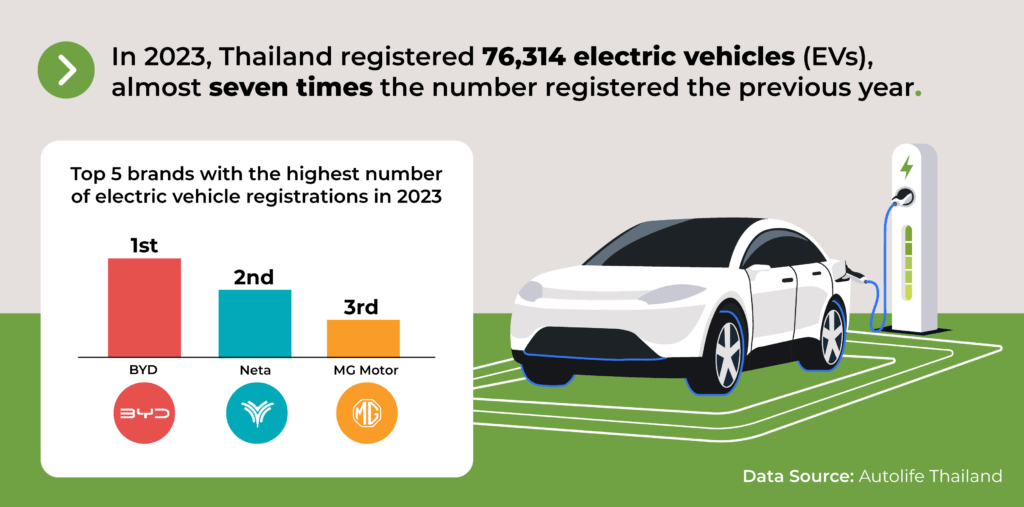
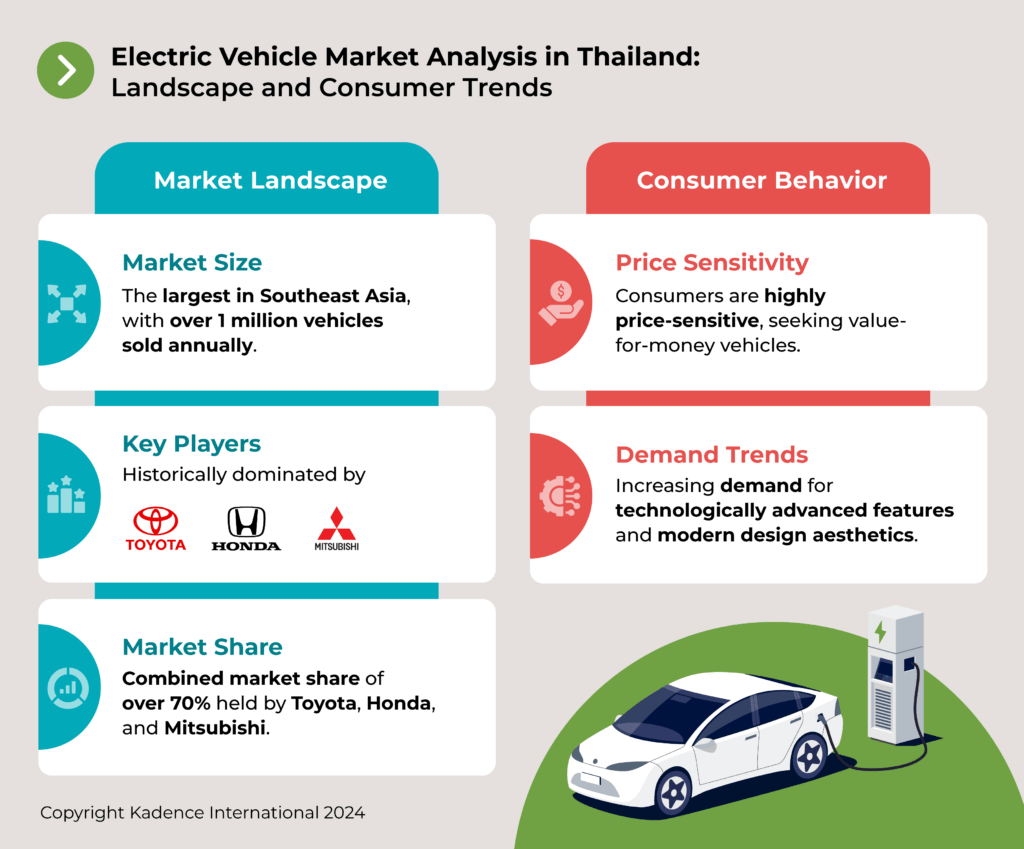

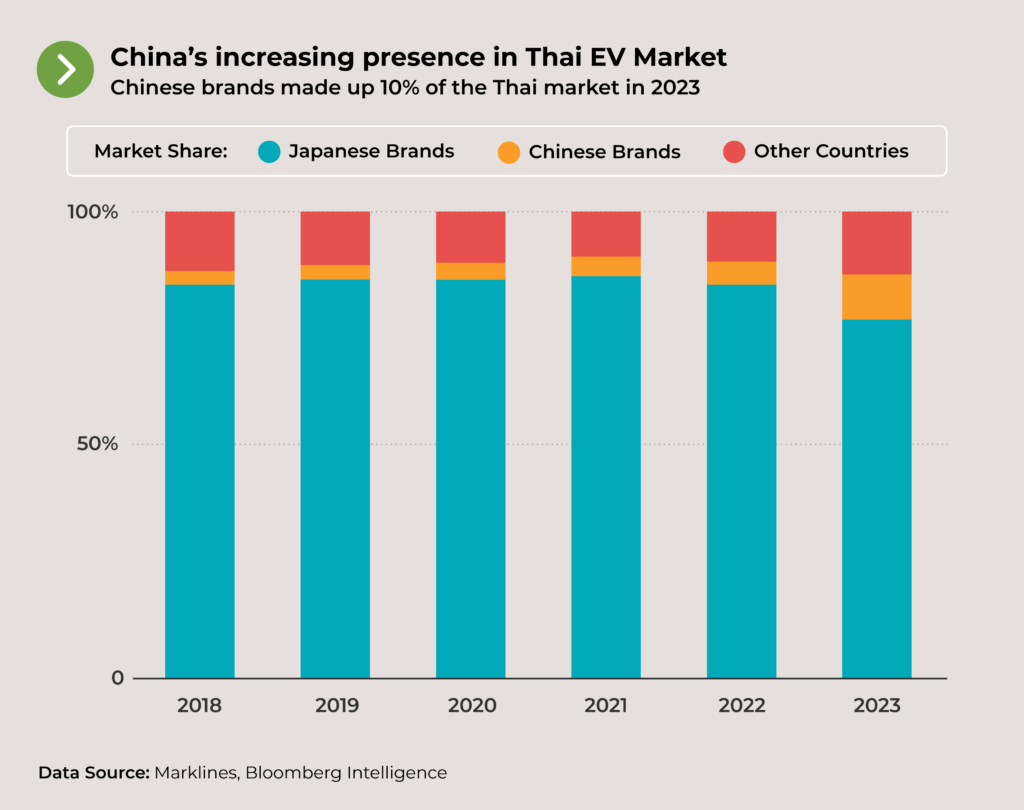
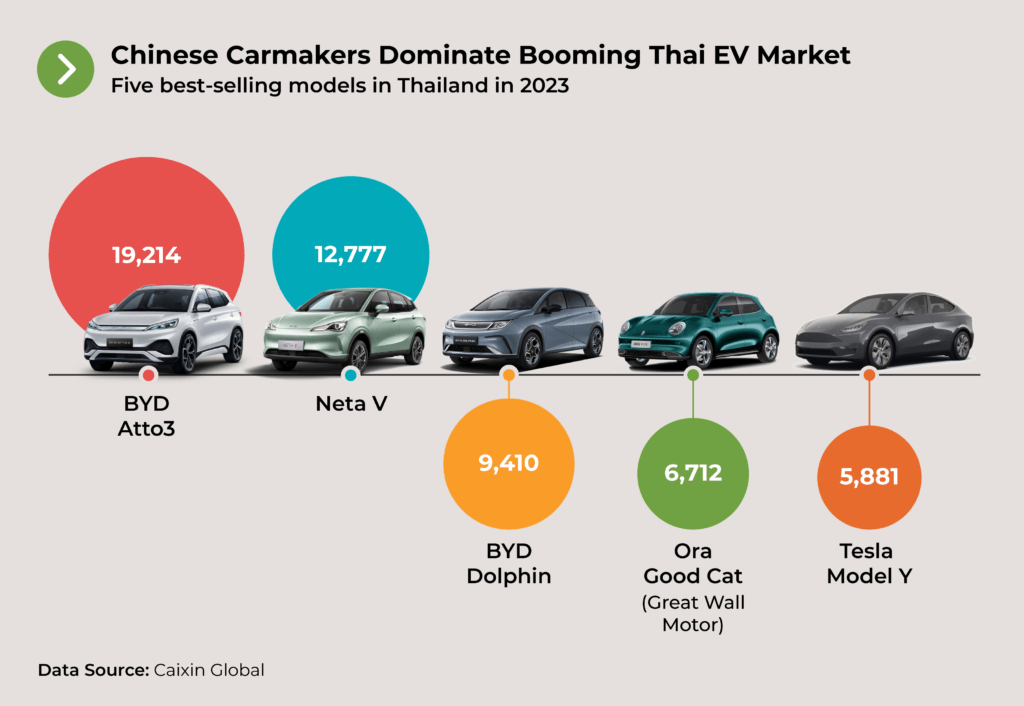




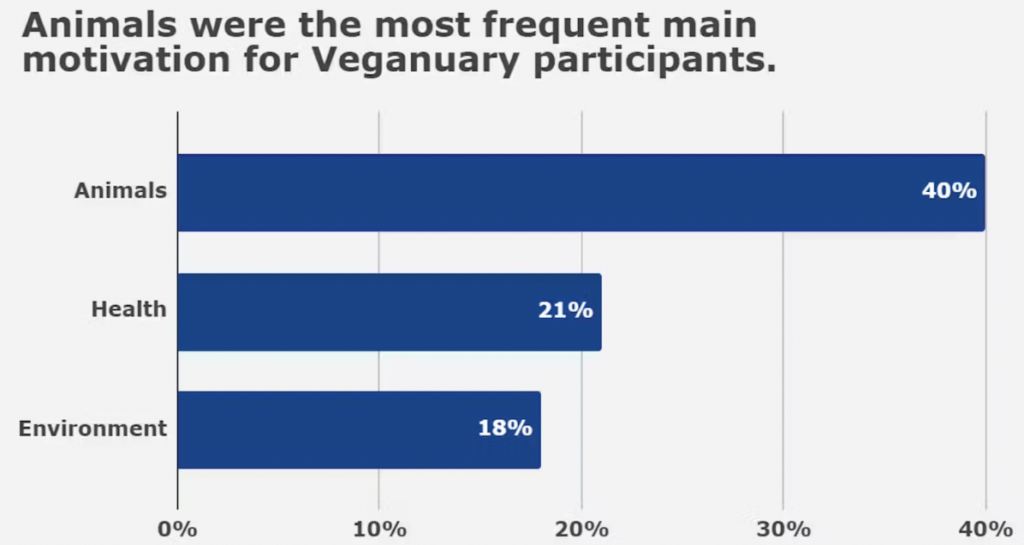






 Senior Marketing Executive
Senior Marketing Executive Sales & Marketing
Sales & Marketing General Manager PR -Internal Communications & Government Affairs
General Manager PR -Internal Communications & Government Affairs Vital Strategies
Vital Strategies
 Customer Intelligence Director
Customer Intelligence Director